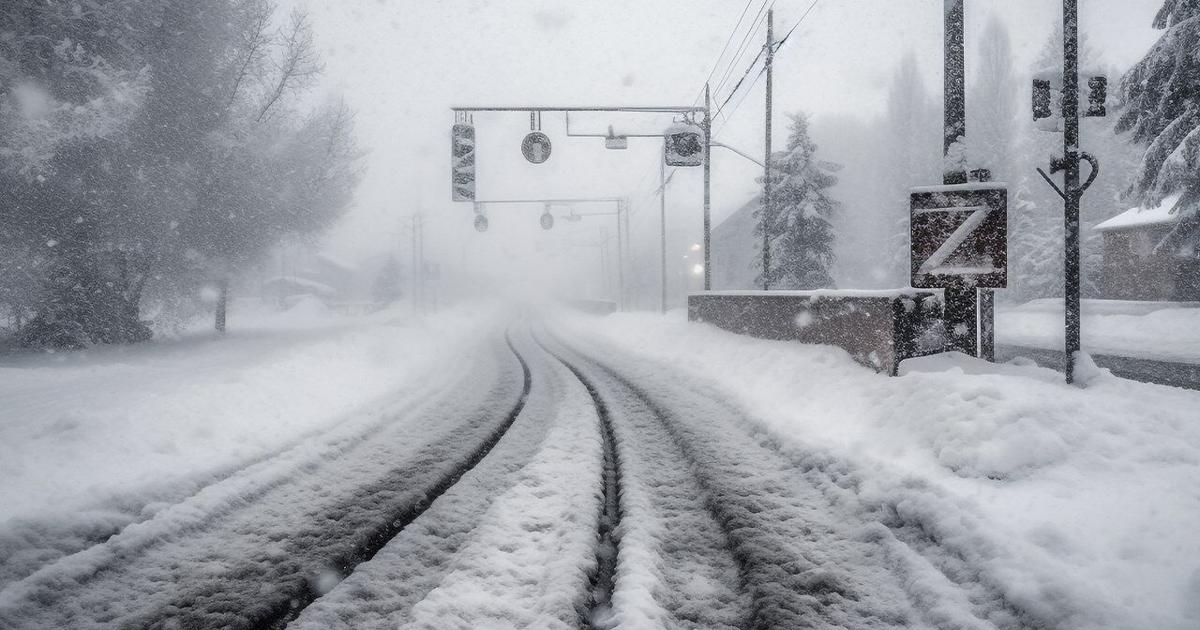A new study has highlighted greenhouse gases that, if spotted on exoplanets, could be evidence of alien terraforming.
The study, which is published in The Astrophysical Journal, lists 5 gases that are detectable in low amounts, and would be extremely unlikely to come from natural sources.
“For us, these gases are bad because we don’t want to increase warming. But they’d be good for a civilization that perhaps wanted to forestall an impending ice age or terraform an otherwise-uninhabitable planet in their system, as humans have proposed for Mars,” says Edward Schwieterman, an astrobiologist at the University of California – Riverside, US.
The gases are all small fluorine-containing molecules, such as sulphur hexafluoride. These compounds are all very powerful warming gases, and very long-lived in atmospheres.
“They wouldn’t need to be replenished too often for a hospitable climate to be maintained,” says Schwieterman.
They all also have tell-tale infrared signatures that modern telescopes could pick up. The researchers simulated a planet in the nearby TRAPPIST-1 system to figure out which gases might be identifiable.
“With an atmosphere like Earth’s, only one out of every million molecules could be one of these gases, and it would be potentially detectable,” says Schwieterman.
“That gas concentration would also be sufficient to modify the climate.”
Current missions to study exoplanet atmospheres, like the LIFE mission, may be able to detect these gases.
“You wouldn’t need extra effort to look for these technosignatures, if your telescope is already characterizing the planet for other reasons,” says Schwieterman.
“And it would be jaw-droppingly amazing to find them.”











/https://tf-cmsv2-smithsonianmag-media.s3.amazonaws.com/filer_public/34/31/3431771d-41e2-4f97-aed2-c5f1df5295da/gettyimages-1441066266_web.jpg)








Discussion about this post